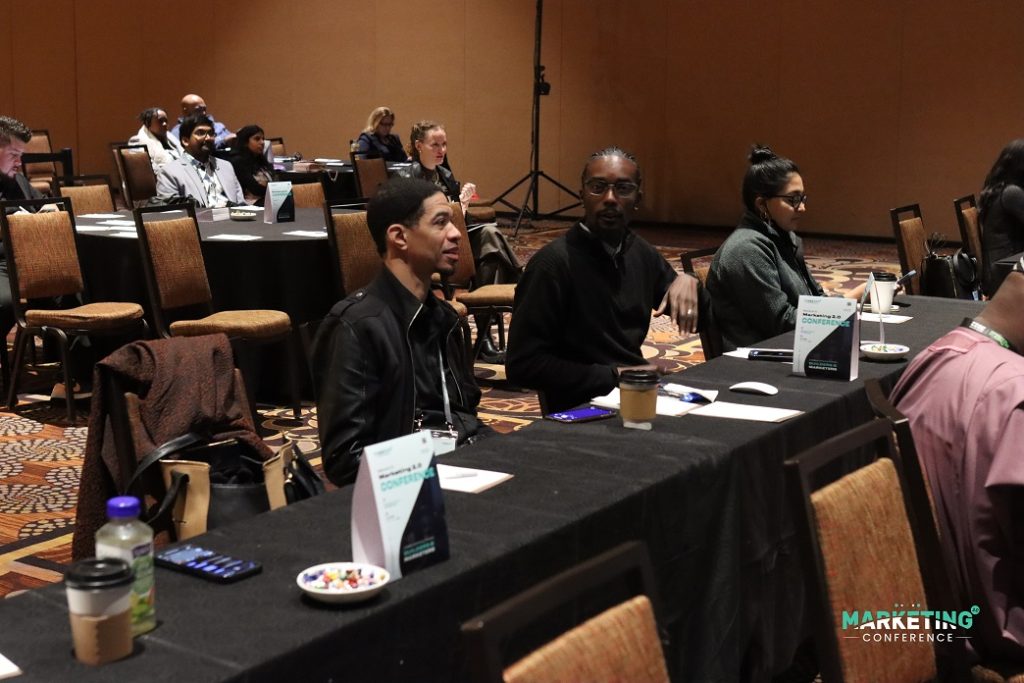We’ve all heard horror stories about online marketers falling prey to click fraud and the money they’ve wasted. Despite this, there’s a lot of confusing information and strategies around combating the threat.
Click fraud occurs when an online advertisement is clicked maliciously, ultimately costing the advertiser money with no tangible return on investment. For example, let’s say you are running an advertisement campaign on Google Ads.
If your competitors click on your ad out of spite or just for kicks, you will have to pay for each of those clicks and it won’t do you any good since none of those people will convert into leads or purchases. This type of malicious behavior has become increasingly common, so much so that advertisers now have to take active measures to detect and address it.
So when I heard about the Marketing 2.0 Conference focusing on how to beat click fraud, I jumped at the opportunity. What follows is my comprehensive review of the event and my personal takeaways.
Why the Marketing 2.0 Conference?
The Marketing 2.0 Conference provides digital marketers with a wealth of resources to help them tackle the growing problem of click fraud. With speakers from industry giants, as well as from up-and-coming firms and leading anti-fraud specialists, the conference provides attendees with a holistic overview of the industry’s most pressing issues.
Spotting Human Vs. Automated Click Fraud
One of the most significant areas of the conference’s focus was the differences between human and automated click fraud. By knowing the nuances between the two types of fraud, digital marketers are better prepared to anticipate threats.
Human-Based Click Fraud: One of the most challenging aspects of human-based click fraud is that it often looks just like legitimate engagement. The only way to accurately determine whether a click was fraudulent is by closely monitoring user behavior and carefully looking at every detail.
Automated Click Fraud: Unlike human-based click fraud, automated click fraud tends to be much more blatant. From more suspicious IP addresses to distinct trends in how a person navigates the website, automated click fraud is more straightforward to spot.
How Did Marketing 2.0 Conference Address Click Fraud In December?
There are a few ways to help identify and mitigate click fraud, as discussed at the Marketing 2.0 Conference.
- Know the Tactics Behind Click Fraud: At the conference, it is crucial to understand how fraudsters use technology and their tactics. For example, bots can access information from multiple web pages, submit automated comments or requests, create fraudulent account activity, and fraudulently generate traffic. This understanding helps attendees know the warning signs and watch for suspicious behavior.
- Set Strong Protection Strategies: You can learn to build strong protection strategies, such as limiting access to web pages, enabling robust security protocols, tracking real-time fraud, and blocking any suspicious clicks. Such practices ensure that the content and the associated advertising are delivered without malicious attempts to undermine it.
- Evaluate Third-Party Services: Third-party services can be useful to protect against click fraud. While expensive, using advanced fraud protection tools will allow more efficient detection of fraudulent activity.
- Manage User Logins: Users should log in using strong passwords, regularly change them and avoid using the same password for multiple accounts. Doing this provides an extra layer of security against the attempts of fraudulent activities.
Why You Should Attend the Marketing 2.0 Conference
If you’re an online marketer looking to get ahead of the competition, I highly recommend the Marketing 2.0 Conference. It’s a fantastic event for a few key reasons.
First, you get to learn from industry experts and experts worldwide. During the conference, the speakers touched on a variety of topics such as “the true impact of click fraud,” “how to develop successful fraud protection systems,” “recognizing malicious sources of clicks,” “the future of advertising security,” and many more. The diversity of speakers ensured that attendees left with a well-rounded understanding of click fraud and fraud protection.
Secondly, the conference brings together different online marketing leaders and entrepreneurs meaningfully and collaboratively. The break-out sessions provided ample opportunities for delegates to discuss their experiences, brainstorm new solutions, and exchange contacts. I found the event incredibly beneficial and rewarding in terms of making connections.
Lastly, the Marketing 2.0 Conference provides a platform to think out of the box. From speakers to attendees, there was an enthusiasm to think beyond the usual. For example, in a special panel, the panelists discussed potential solutions such as advanced analytics, stricter internal rules and stricter user policies. All of these can potentially be integrated into a fraud prevention and control system.
Conclusion: The Conference’s Success in Addressing Click Fraud
Overall, I believe the Marketing 2.0 Conference was an effective and comprehensive event for educating the delegates on click fraud. All of the presentations and break-out sessions offered a wide array of topics, giving attendees a well-rounded and thorough understanding. The conference also provided a great platform for fostering collaboration and innovation within online marketing.
In conclusion, if you’re an online marketer, I suggest attending the Marketing 2.0 Conference. The speakers, networking, and exchange of ideas will be incredibly beneficial and worthwhile. With its focus on click fraud, the event provides a great opportunity to gain insights and strategies to tackle and defeat this issue.


